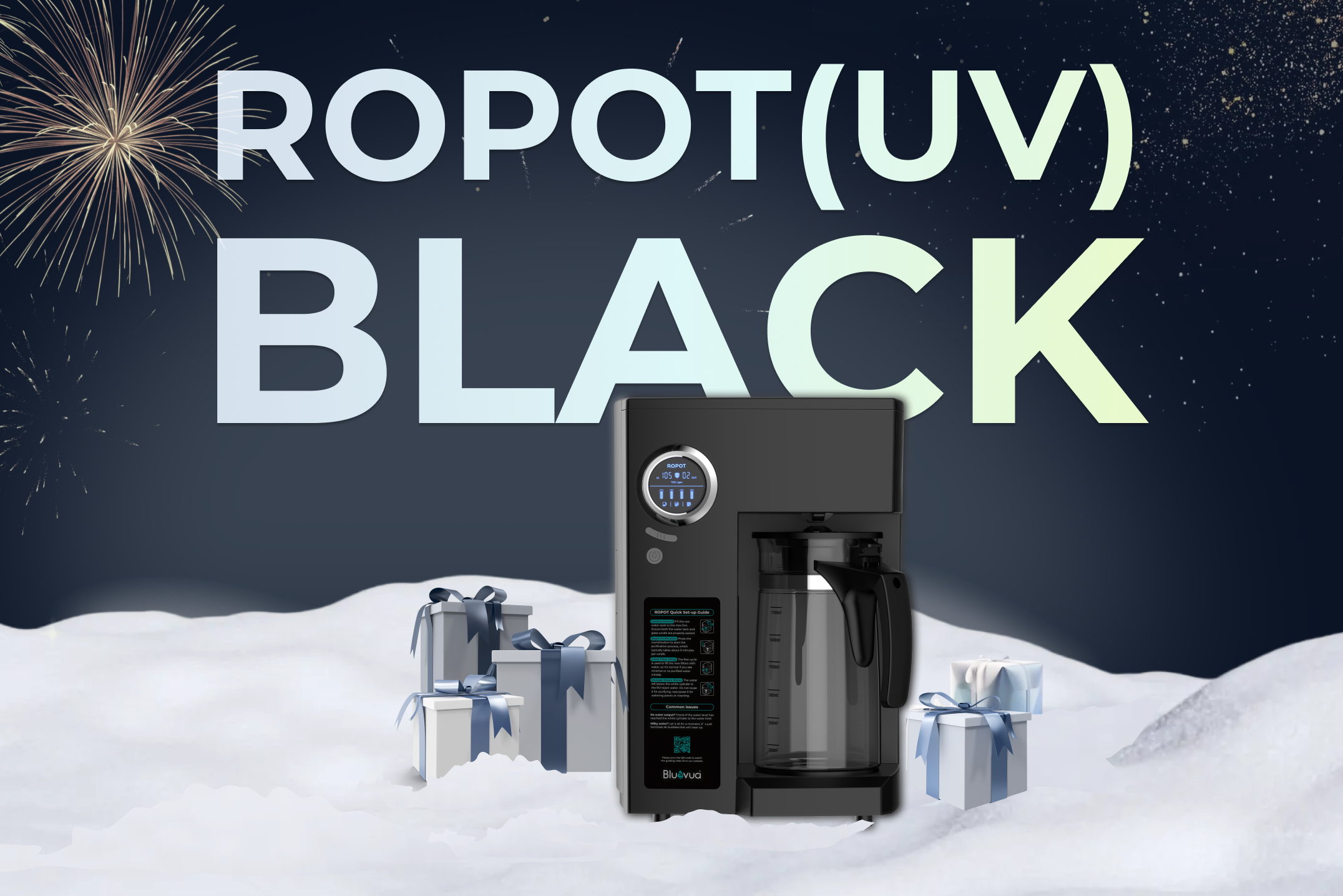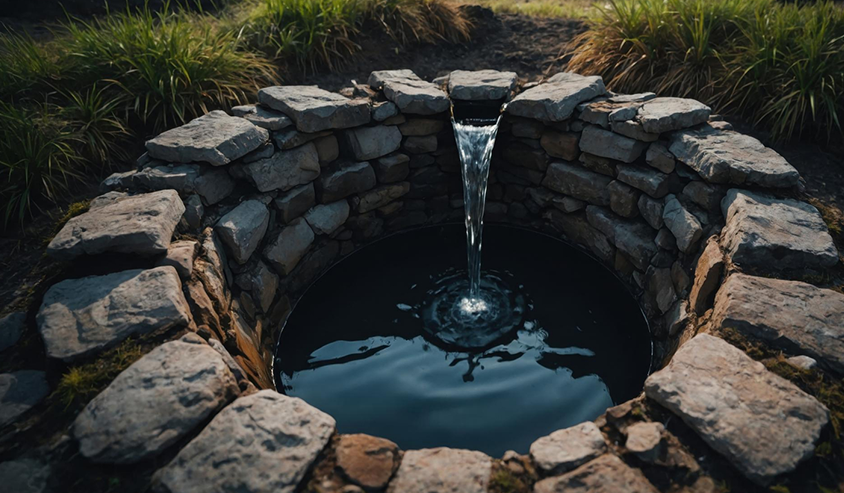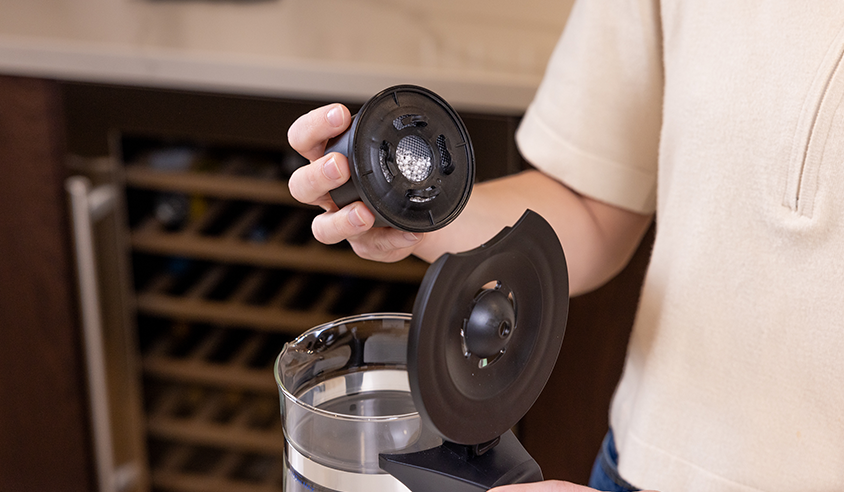That tap into the well in your backyard may be a dip into nature's own water supply, but it's not always as pure as it seems. Well water can be a real cocktail of unwanted guests, like pesticides, among other pollutants that may affect your health. Safety levels set by the EPA suggest that impurities must be removed prior to sipping. But do not worry; Reverse Osmosis (RO) water systems help a lot, offering a filter-down to just what's needed: clean, safe drinking water. However, these systems need some care to keep them running smoothly, especially when they're handling the nitty-gritty of natural water.

Well Water Impurities
Well water, though crystal clear in appearance and emanating from a natural source, is usually a repository of all types of impurities that render it unsafe for consumption. For most households, especially those in the countryside, or for anyone who would like to give life a rustic feel, well water accounts for the major consumption of water in such households. It is, however, important to understand what may be lurking in this seemingly pure source.
Firstly, microscopic threats are invisible invaders that may go undetected without proper testing. These microorganisms can originate from surface runoff or septic system leakage, posing significant health risks. Organic pollutants, including pesticides, herbicides, and other chemicals used in agriculture, can infiltrate aquifers and contaminate well water supplies over time. Inorganic pollutants add to the concern with heavy metals like lead, arsenic, and mercury, which can leach from old pipes and naturally occurring sources, while nitrates, often a byproduct of fertilizers or industrial waste, are particularly dangerous for pregnant women and young children.
Even beyond health implications, other substances like sediment or rust can affect the clarity of water and leave unpleasant tastes or odors; these both detract from any form of fresh water right out of the tap.
Measuring the Total Dissolved Solids (TDS) provides an aggregate indication of these contaminants. A TDS measurement exceeding 500 parts per million-identified by the EPA as the threshold for potable water-signals a high concentration of these unwanted constituents. Testing the levels of TDS in well waters periodically is not only a measure for safeguarding health but also for assuring the longevity and efficiency of water treatment systems.

The Vital Role of RO Systems in Water Purification and the Importance of Maintenance
Reverse osmosis (RO) systems often elevate the quality of feed water to exceed even the most stringent drinking standards. At the core of these systems lies the RO membrane, which performs the herculean task of removing almost all contaminant particles. The principle is straightforward yet highly effective: water is forced under pressure through this semi-permeable membrane, leaving behind a vast majority of unwanted substances, from microorganisms to dissolved metals and nitrates.
However, the very feature that makes RO membranes so effective also renders them sensitive to clogging. Natural water sources, like well water, can carry particulate matter that may burden these delicate membranes over time. Unless sufficiently taken care of, the effectiveness of an RO system will dwindle, which might lead to decreased water flow or total lost of flow in the worst case.
To address this, maintaining an RO system becomes as essential as the system itself. It's crucial to monitor the quality of the water input; for instance, if the well water has a high TDS level, it may necessitate pre-filtration treatment to reduce the TDS concontration and therefore ease the purification load on your RO systems. By understanding and committing to this upkeep, homeowners can trust in their RO system to provide consistently safe, pure water in the long run.
How to Maintain an RO System for Optimal Well Water Filtration
If testing reveals that the TDS (Total Dissolved Solids) level of your well water is above 1000 ppm, pre-treatment and maintenance become necessary, ensuring your RO system continues to turn well water into a safe, drinkable resource:
- Pre-treatment: High TDS levels can be attributed to dissolved minerals and various pollutants. The goal of pre-treatment is to bring down the TDS to a more manageable range, typically between 800-1000 ppm before it enters the RO system. This can involve processes like water softening. Within the RO system, pre-filters such as sediment and carbon filters play a pivotal role in removing larger particles and chlorine, which could otherwise quickly clog the RO membrane.
- Regular Backflushing of the System: Waste buildup can be a significant issue with RO systems. Backflushing uses part of the feed water to clean the internal tube systems. This can effectively prevent microbial growth and limescale build-up and extend the lifespan of filters and the system.
- Periodic Descaling: The minerals in well water can cause scaling on the RO membrane over time, which hinders its ability to filter effectively. Regular descaling removes these mineral deposits, ensuring the membrane remains permeable and functional.
Additional maintenance tips include checking for any leaks or kinks in the system regularly, replacing RO filters according to the manufacturer's schedule, and sanitizing the system annually to prevent bacterial growth. A TDS meter can also be a valuable tool for monitoring the effectiveness of your RO system over time, alerting you to potential issues before they become serious.

Select the Right RO Machine for Well Water Users
Selecting an RO system for your pre-treated well water involves a few crucial factors. You want a system that can effectively reduce the variety of impurities found in the water. It also should be designed for ease of maintenance.
The Bluevua ROPOT(UV) RO water system checks all these boxes. The system is fortified with a 5-level advanced filtration process coupled with UV light treatment. Once the water's hardness is reduced to the optimal range of 800-1000 ppm through pre-treatment, use this comprehensive RO water system to ensure that every facet of your drinking water quality is addressed. The integrated UV function adds an additional layer of protection, targeting and neutralizing any remaining microbiological threats. This dual strategy assures that the water you consume is not just clean but also aligns with the highest standards for health and safety.

Installation is straightforward, meaning you won't need to redesign your kitchen space. One of the standout features of the Bluevua system is its real-time TDS monitoring, which keeps you informed of your water quality. Additionally, the filter lifespan indicators alert you when it's time to change filters, removing any guesswork from maintenance.
For users contending with hard water, Bluevua offers a specialized tailor-made descaling kit designed for the ROPOT(UV). This kit includes four dedicated descaling filters and two packets of descaling powder, ensuring perfect fit with ROPOT(UV) and thorough descaling of the internal tubes without hurting the filters.
It's important to note that using non-specific descaling products can cause carbon filters to absorb too much acid as the filters are designed to remove odors with its coconut-based activated carbon. Increased absorption of acidity may result in acid tastes and odors in the filtered water, which the Bluevua kit is specifically designed to prevent.

The Bluevua ROPOT(UV) boasts an innovative self-cleaning feature that automatically maintains the cleanliness of the machine's interior. This function significantly reduces scale buildup and blockages, lessening the strain on the RO membrane and enhancing the overall safety of your drinking water. With this self-maintaining technology, the Bluevua system streamlines the purification process, assuring both quality and convenience.
Choosing a Bluevua RO system comes with customer service advantages that add great value to your purchase. First, every purchase is covered under an extremely reassuring 1-year warranty, implying protection for one's investment. Moreover, leading positions in sales and very positive reviews by customers for the Bluevua ROPOT series, which says much about its user-friendliness and reliability. These benefits show that Bluevua is very much committed to quality and the care of customers.

Seamless Water Purity with Bluevua
The Bluevua ROPOT(UV) RO water system helps you get the purest drinking water from your source water. Advanced filtration technology, together with friendly features of filter monitoring and a real-time TDS tracker, you can be confident that your drinking water is safe and clean. Additionally, the added feature of the UV function provides an additional layer of security. This system assures ease of installation, solid after-sales service, and a customized descaling kit that will minimize hassles while assuring the longevity of your system. Welcome the Bluevua ROPOT(UV) RO water purifier for an investment into health and wellness at home, where every glass of water is as clean and natural as it should be.





ทิ้งข้อความไว้
ความคิดเห็นทั้งหมดจะได้รับการตรวจสอบก่อนที่จะเผยแพร่
เว็บไซต์นี้ได้รับการคุ้มครองโดย hCaptcha และมีการนำนโยบายความเป็นส่วนตัวของ hCaptcha และข้อกำหนดในการใช้บริการมาใช้